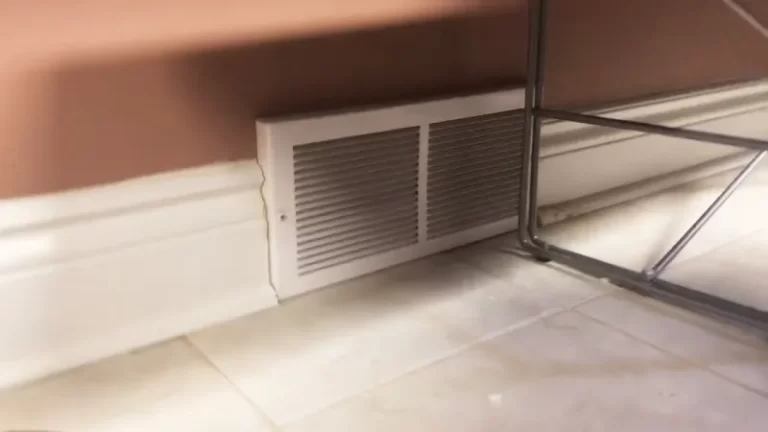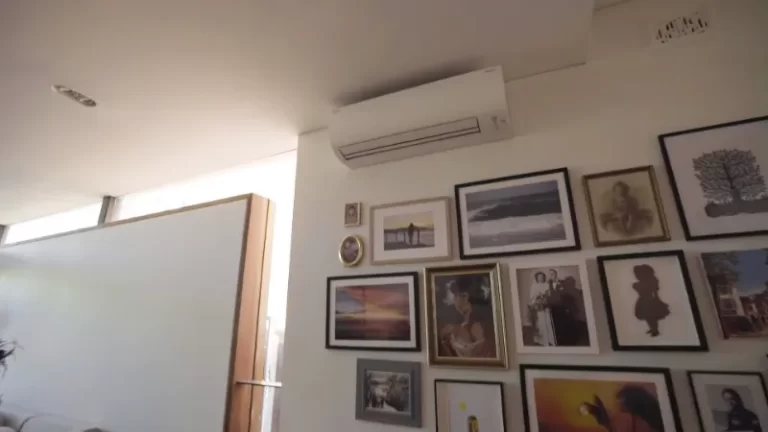Ice Maker Problems LG Refrigerators and Solutions
LG refrigerators are known for their innovative technology, reliability and superior performance. A functional ice maker is an important aspect of these refrigerators, allowing users to easily access ice whenever they need it.
However, even the most reliable appliances can experience issues, and LG refrigerators are no exception. In this blog, we will be discussing the most common ice maker problems that LG refrigerators may face and provide solutions to help resolve them.
Whether you are experiencing difficulty with your ice maker or are looking to avoid potential problems, this blog will provide valuable information to help you keep your LG refrigerator running smoothly.
You'll Learn About
Ice Maker Problems LG Refrigerators
LG refrigerators are popular for their advanced features, but their ice makers can sometimes experience problems. The five most common issues are: temperature fluctuations in the ice maker compartment, a faulty water inlet valve, a broken ice maker, a malfunctioned control board, or a faulty ice maker fan in the freezer section.
To diagnose the issue, it’s important to understand that the ice maker in an LG refrigerator must reach a temperature of -4°F (-20°C) to function correctly. A faulty water inlet valve can also prevent the ice maker from functioning properly.
If the freezer section is not frosting or freezing ice, this could be a sign of a technical issue with one of the compartments. If you are experiencing any problems with your LG refrigerator’s ice maker, it’s best to consult with a professional appliance repair service.
Common Lg Refrigerator Ice Maker Problems
Introduction LG refrigerators are known for their stylish designs and advanced features. They are a popular choice among homeowners due to their reliable performance and efficiency. However, like any other appliance, LG refrigerators can also experience problems.
One common issue that homeowners face is with the ice maker. A faulty ice maker can be a major inconvenience, and understanding the root of the problem is crucial in getting it fixed. In this blog, we will discuss the 5 most common ice maker problems in LG refrigerators.
Temperature Fluctuations in the Ice Maker Compartment
Temperature fluctuations in the ice maker compartment can prevent the ice from forming or cause it to melt. This can result in a shortage of ice, or a buildup of water in the ice maker compartment.
To resolve this issue, it is important to check the temperature settings in the refrigerator and make sure that they are set correctly. If the problem persists, it is recommended to call a professional for repair.
Faulty Water Inlet Valve
The electronically-controlled water inlet valve is used to supply water to the dispenser unit. For the ice maker to function correctly, it is important that the water inlet valve delivers a flow of at least 20 psi. A faulty water inlet valve can prevent the ice maker from producing ice, and will need to be repaired or replaced.
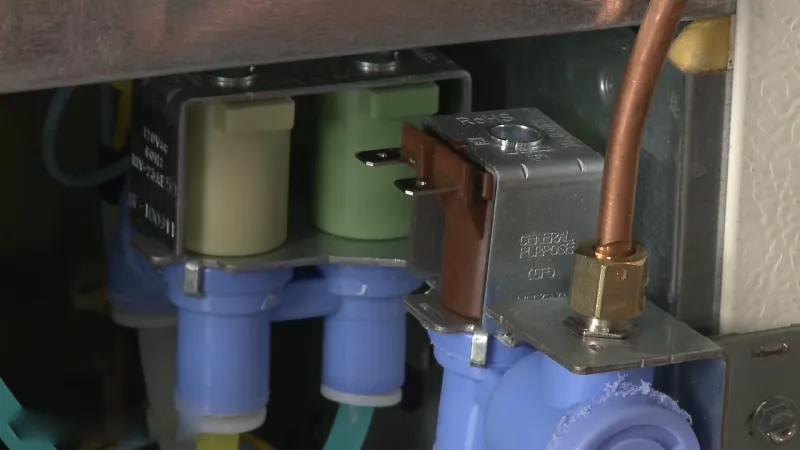
Broken Ice Maker
The ice maker in lg refrigerators can break over time due to normal wear and tear. A broken ice maker can cause water to leak into the refrigerator, resulting in a shortage of ice or a buildup of water. If the ice maker is broken, it will need to be repaired or replaced.
Malfunctioned Control Board
The control board in lg refrigerators controls the operation of the ice maker. A malfunctioned control board can cause the ice maker to stop working or produce irregularly-shaped ice. If the control board is the problem, it will need to be repaired or replaced.
Faulty Ice Maker Fan in the Freezer Section
The ice maker fan in the freezer section helps to circulate air and maintain a consistent temperature. A faulty ice maker fan can cause the ice maker to stop working or produce irregularly-shaped ice. If the fan is the problem, it will need to be repaired or replaced.
Ice maker problems in LG refrigerators can be frustrating, but they are often easily fixable. By understanding the most common issues, homeowners can quickly identify the root of the problem and take the necessary steps to get their ice maker functioning again. If you are unable to resolve the issue on your own, it is recommended to call a professional for repair.
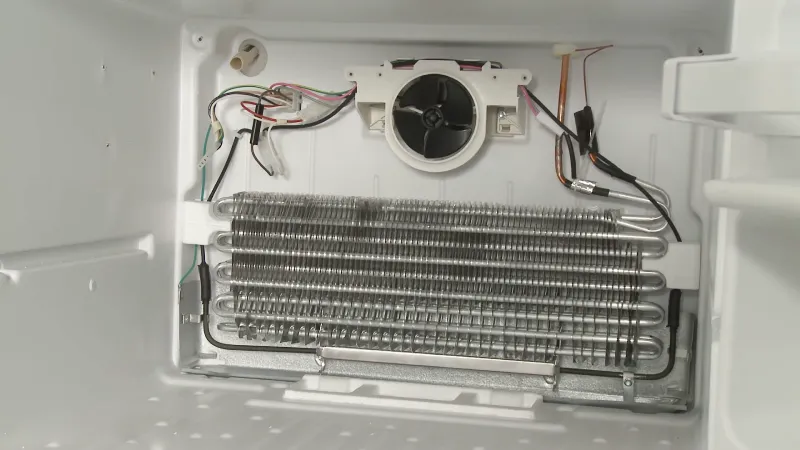
Diagnosing the Problem
When it comes to diagnosing problems with your LG refrigerator’s ice maker, it’s important to understand the correct temperature range that it needs to function properly. This will help you to identify if temperature fluctuations in the ice maker compartment are the source of your ice maker problems.
Checking the Water Inlet Valve
One of the most common issues that can arise with an ice maker is a faulty water inlet valve. This valve controls the flow of water into the ice maker, so if it is not functioning properly, it can result in the ice maker not making any ice, or making ice that is not the correct shape. To check the water inlet valve, you can perform a continuity test with a multimeter.
Identifying Other Potential Issues
There are a number of other potential issues that could be causing problems with your LG refrigerator’s ice maker. These include a broken ice maker, a malfunctioned control board, or a faulty ice maker fan in the freezer section. If you have ruled out the other potential issues, it may be time to take a closer look at these components to see if they are the source of your ice maker problems.
In order to properly diagnose the problem with your LG refrigerator’s ice maker, it is important to have a basic understanding of how the components work and interact with each other. This will allow you to identify the root cause of the problem and make any necessary repairs to restore your ice maker to full function.
Solutions to Ice Maker Problems
Maintaining the Correct Temperature
The temperature in the ice maker compartment should be kept between 0°F to 8°F for optimal functioning of the ice maker. If the temperature fluctuates frequently, the ice maker may not produce ice, or it may produce ice that is not of the right quality.
To maintain the correct temperature, make sure that the doors of the refrigerator and freezer are closed properly, and that there are no sources of heat near the appliance. If the temperature still fluctuates, it may be due to a faulty thermostat or a malfunctioning control board, which should be repaired by a professional.
Replacing the Water Inlet Valve
The water inlet valve is responsible for controlling the flow of water into the ice maker. If the valve is faulty, it may not allow enough water into the ice maker, leading to smaller than normal ice cubes, or it may allow too much water, leading to overflowing and leakage.
To determine if the water inlet valve is the cause of the problem, check for any visible signs of leakage or damage, and inspect the wiring for signs of wear and tear. If the valve is found to be faulty, it should be replaced by a professional.
Replacing the Ice Maker
If the ice maker is broken, it will not produce ice. To diagnose the problem, inspect the ice maker for any visible signs of damage, and check for any obstructions in the ice tray. If the ice maker is found to be broken, it should be replaced with a new one, which can be purchased from a local appliance store.
Repairing the Control Board
The control board is responsible for controlling the various functions of the ice maker, including the temperature, water flow, and ice production. If the control board is malfunctioning, it may cause the ice maker to produce ice of poor quality or to stop producing ice altogether.
To determine if the control board is the cause of the problem, inspect the wiring for signs of wear and tear, and check for any visible damage to the board. If the control board is found to be faulty, it should be repaired by a professional.
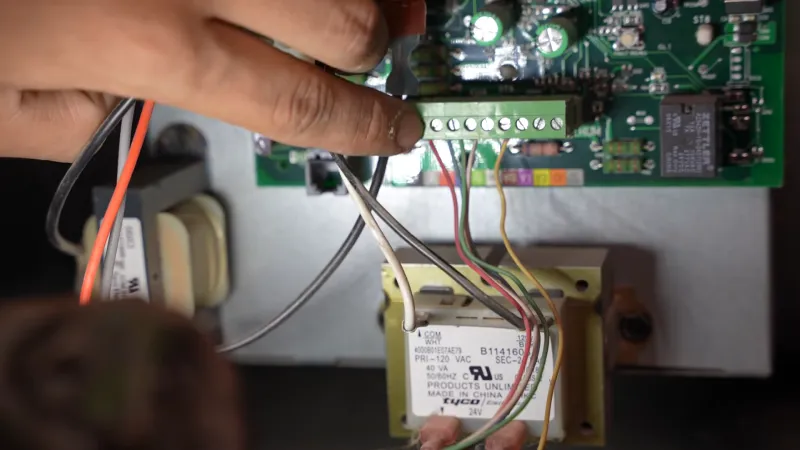
Replacing the Ice Maker Fan
The ice maker fan is responsible for circulating air in the freezer section, which helps to maintain the correct temperature for the ice maker to function. If the fan is faulty, it may cause the temperature in the freezer to become too warm, leading to the ice maker not producing ice.
To determine if the fan is the cause of the problem, inspect the fan for any visible signs of damage, and check for any obstructions in the air flow. If the fan is found to be faulty, it should be replaced with a new one.
by understanding the common problems that can occur with an ice maker in an LG refrigerator, and by following the steps outlined above to diagnose and fix these issues, you can keep your ice maker functioning smoothly, and enjoy a steady supply of ice for all your beverages and refreshments.
Amana Bottom Freezer Refrigerator Ice Maker Problems and Solutions
Prevention and Maintenance
Regular Cleaning
Regular cleaning of the ice maker and surrounding areas will ensure that no debris or dirt interferes with its functioning. It is recommended to clean the ice maker every three months to prevent mold and bacteria buildup.
Keep the Door Sealed
Always make sure the door of the freezer is properly sealed. Any gaps in the door seal can lead to temperature fluctuations and cause the ice maker to stop working.
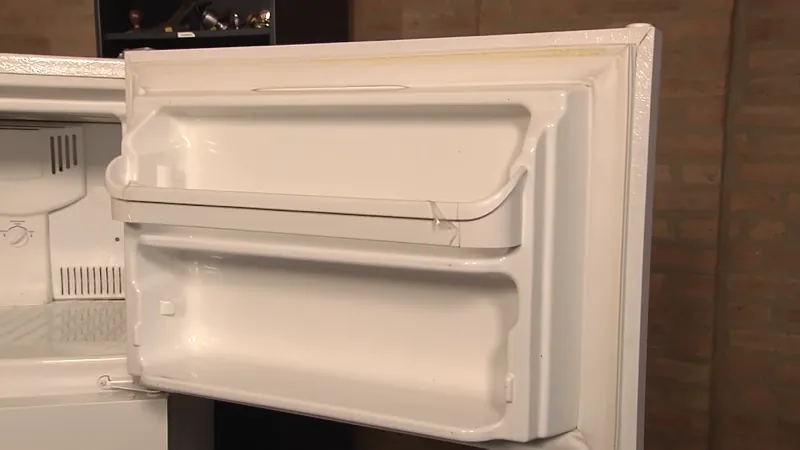
Maintaining the Correct Temperature
The ideal temperature for the ice maker to function is between 0 and 5 degrees Celsius. This can be checked by using a thermometer, and the temperature should be adjusted if needed.
Importance of Regular Cleaning and Maintenance
- Extend the lifespan: Regular cleaning and maintenance of the ice maker will extend its lifespan and prevent potential problems from arising.
- Better ice production: Cleaning the ice maker and surrounding areas will result in better ice production and improve the overall performance of the refrigerator.
- Avoid costly repairs: Regular maintenance can prevent small problems from becoming bigger and more expensive to repair.
Avoiding Potential Problems
- Do not overstock the freezer: Overstocking the freezer can make it difficult for air to circulate and cause temperature fluctuations.
- Do not place hot items in the freezer: Placing hot items in the freezer can cause the temperature to rise and affect the functioning of the ice maker.
Check the Water Supply
Regularly check the water supply and ensure that it is functioning properly. Any problems with the water supply can affect the ice maker.
Maintaining the ice maker in LG refrigerators is crucial for its proper functioning. Regular cleaning, proper temperature maintenance, and avoiding potential problems can prevent ice maker problems and extend its lifespan. With these tips and regular maintenance, you can enjoy a fully functional ice maker for years to come.
Closing Words
The functioning of an ice maker in a LG refrigerator is crucial for ensuring a smooth and efficient performance. In this blog, we have discussed the common problems that arise with the ice maker in LG refrigerators such as temperature fluctuations, faulty water inlet valve, broken ice maker, malfunctioned control board, and faulty ice maker fan.
By understanding the importance of maintaining the correct temperature and regularly cleaning and maintaining the ice maker, as well as utilizing proper diagnosis techniques, these problems can be prevented or resolved.
However, in some cases, it may be necessary to replace certain parts or seek professional repair services. It is important to address any issues with the ice maker promptly to avoid further problems and ensure the optimal performance of your LG refrigerator.

